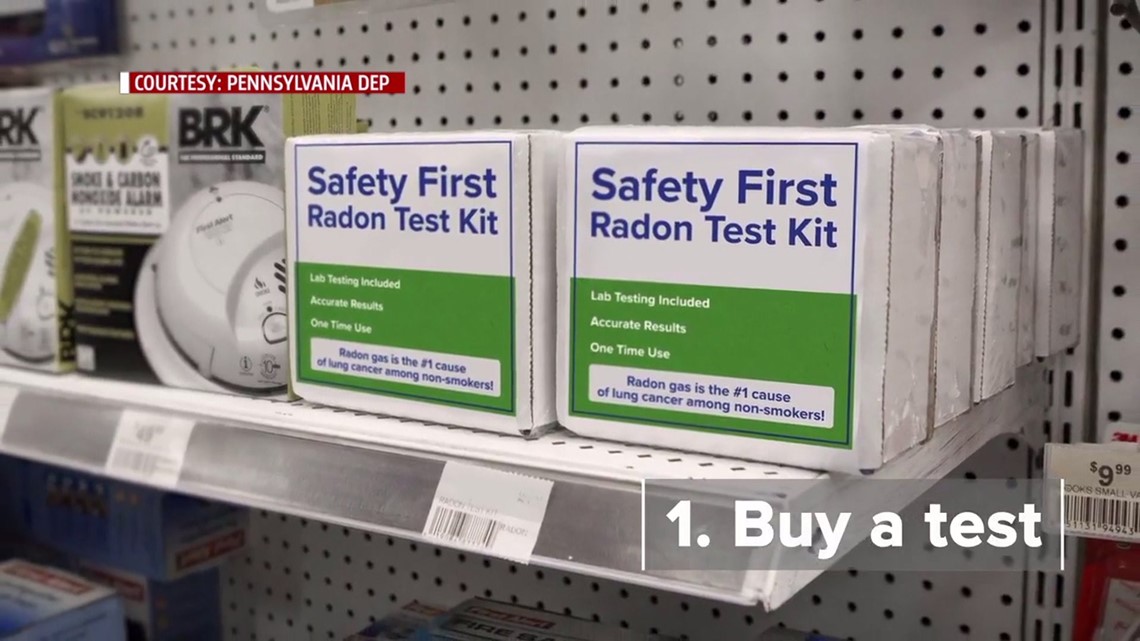United States EPA
Is radon really bad for you?
Breathing radon over time increases your risk of lung cancer. Radon is the second leading cause of lung cancer in the United States. Nationally, the EPA estimates that about 21,000 people die each year from radon-related lung cancer. Only smoking causes more lung cancer deaths.
The initial step in mitigation is evaluating to see if the domestic and/or indoor-air water radon focus ought to be reduced. The World Wellness Organization's International Radon Task has advised an activity level of 100 Bq/m3 (2.7 pCi/l) for radon in the air.
As uranium hidden in globs of soil as well as pebbles damage down with time, radon gas is launched as component of the radioactive degeneration. Once it's free from the soil, it has several courses to get in the average home with cracks in the structures, gaps in very first floor and basement walls, seams around windows, as well as other comparable openings.
Is radon mitigation really necessary?
When radon gas enters the body, it exposes the lungs to small amounts of radiation. In small quantities, experts say this is harmless. However, in persistent exposures or larger quantities, radon can damage the cells of the lining of the lungs, increasing a person's chance of developing lung cancer.
At the time of our documentation (January 2011), Maryland was the only state with no kind of radon control program. Additionally, 3 other states had programs that consisted just of web-based details about radon or maps of radon degrees in the state.


- Your risk of lung cancer enhances substantially with exposure to greater radon degrees.
- Lung cancer danger rises 16% per 2.7 pCi/L increase in radon direct exposure.
- Radon gas is a naturally-occurring result of the radioactive decay of Uranium in the soil.
- Depending upon your geographical place, the radon degrees of the air you breathe outside of your home may be as high as 0.75 pCi/L.
- The US EPA has actually placed it clearly, specifying, "Any kind of radon exposure has some danger of triggering lung cancer cells.
Unless you have a high price of air circulation relocating with your residence in all times, radon can develop inside the home as well as get to dangerous levels. With the lowest survival price amongst several of one of the most usual cancers cells, lung cancer is just one of one of the most been afraid diseases in the country.
What to Know About the Risks https://israeluyas359.wordpress.com/2020/07/31/what-is-radon-gas-is-it-unsafe/ of Radon Gas in Your Home
What are the symptoms of radon in your home?
If a person has been exposed to radon, 75 percent of the radon progeny in lungs will become "harmless" lead particles after 44 years. When an alpha particle damages a cell to make it cancerous, the onset of lung cancer takes a minimum of 5 years but most often 15 to 25 years, and even longer.
Thinking you reside in an area not influenced by radon is simply one of the myths concerning this lethal gas. We reviewed all content related to radon on state federal government Website utilizing a standardized data collection form.
How long does it take for radon to cause cancer?
Fact: You will reduce your risk of lung cancer when you reduce radon levels, even if you've lived with an elevated radon level for a long time. Keep in mind that Click here for more radon levels below 4 pCi/L still pose some risk and that radon levels can be reduced to 2 pCi/L or below in most homes.